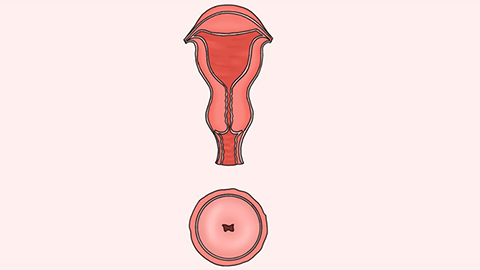What causes first-degree cervical erosion?
In general, first-degree cervical erosion may be caused by hormonal changes (such as estrogen level fluctuations), sexual stimulation, bacterial vaginosis, cervicitis, or cervical polyps. It is recommended to seek timely medical attention, identify the underlying cause, and receive appropriate treatment under a doctor's guidance. Specific causes are analyzed as follows:

1. Estrogen level changes: In women of reproductive age, high estrogen levels can cause cervical ectropion—where the columnar epithelium moves outward—resulting in an appearance resembling erosion. This is a physiological phenomenon that does not require special treatment; regular gynecological check-ups are sufficient.
2. Sexual stimulation: Frequent sexual activity or poor hygiene during intercourse may irritate the cervical mucosa, causing mild congestion. Reduce the frequency of sexual activity, clean the external genitalia with warm water before and after intercourse, and wear breathable cotton underwear, changing it regularly.
3. Bacterial vaginosis: Imbalance of vaginal flora and overgrowth of anaerobic bacteria lead to inflammation, which spreads and irritates the cervix, resulting in erosion-like changes. Follow your doctor’s instructions to use medications such as metronidazole suppositories, clindamycin phosphate suppositories, or tinidazole suppositories. Avoid sexual intercourse during treatment.
4. Cervicitis: Infection of the cervix by pathogens such as Chlamydia or Mycoplasma triggers an inflammatory response leading to cervical erosion. Take antibiotics as prescribed, such as azithromycin capsules, doxycycline hydrochloride tablets, or cefixime dispersible tablets. Maintain good external genital hygiene during treatment.
5. Cervical polyps: Mucosal hyperplasia in the cervical canal forms polyps, which chronically irritate cervical tissue and may induce erosion. A cervical polypectomy is required to surgically remove the polyp, preventing malignant transformation and further irritation to the cervix.
In daily life, avoid indiscriminate use of feminine hygiene washes to irrigate the vagina, as this may disrupt the normal vaginal flora. Maintain a light diet, reduce intake of spicy and irritating foods, follow a regular sleep schedule to boost immunity, and undergo regular cervical cytology screening to monitor cervical health.




